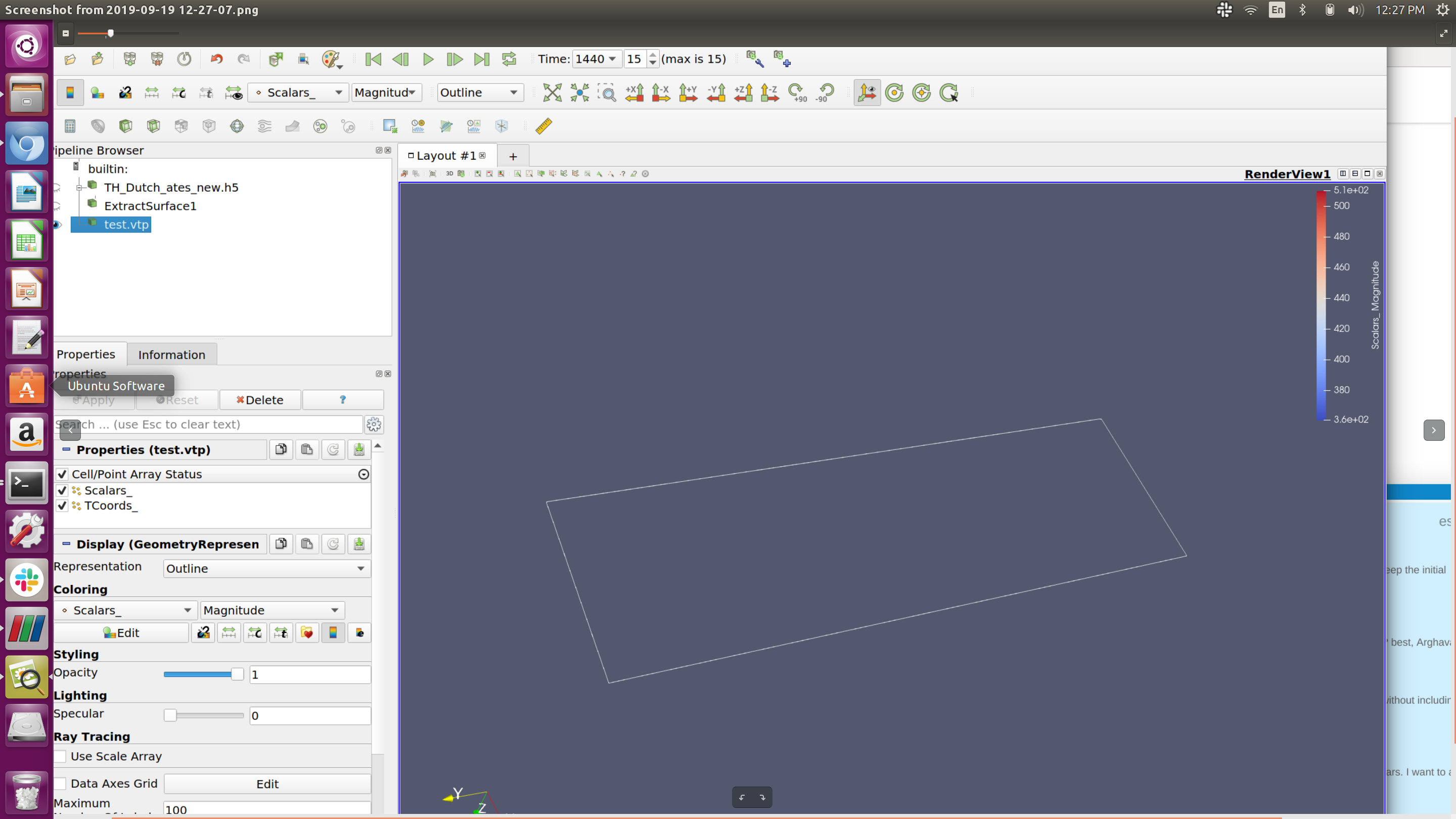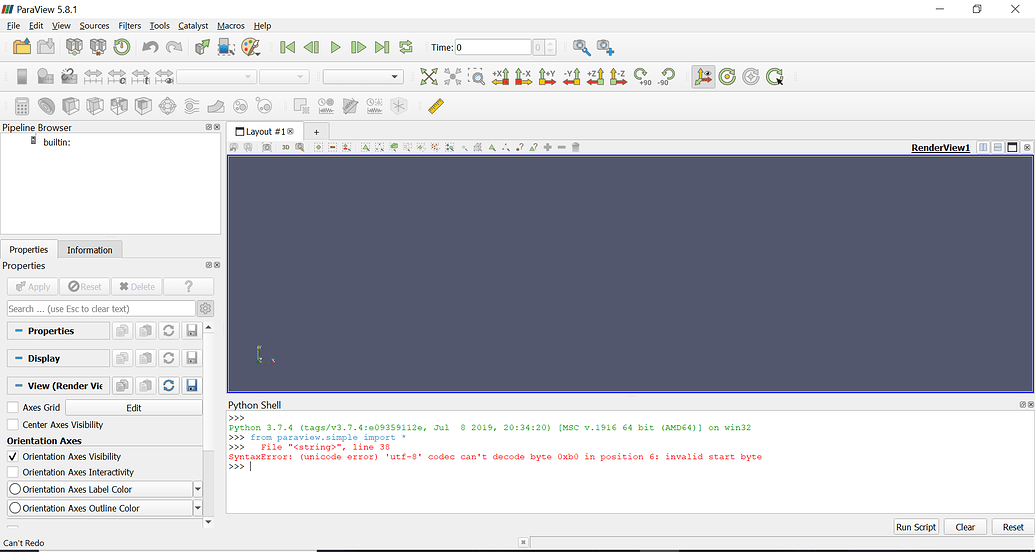

If I remove the data block for the point names then it imports and displays correctly (albeit obviously without any way to display a name label). Some file formats include the concept of global data, a single data value stored in the data array for each time step. My latest attempt at adding string data in array to an XML. So far I’ve struggled to get any kind of String attached to the data, but even if I get that working I’m not sure what the next step in Paraview would be to display the data this way. I want to plot these in 3D space and have a little label attached to each point. > I am using Paraview 3.98.I have a data set of 400 points, each with an X, Y, Z and a name. > get/set*LabelFormat methods that I am not able to find in I'm downloading this format information from a server and it can be different for each cell, so I can't just predefine 'maximumFractionDigits'. Users can enter a number in the TextField and I then format that number according to the C format String. Other acceptable modifiers (which come after the ' ' but before the. rmaddy My app has a table with a TextField in each cell. For numbers outside of this range the format reverts to exponential. Character replacement of scientific powers ( 'c') has been implemented for powers in the range -18 to +18. > from playing with the vtk 5.10.1 that vtkCubeAxesActor has A scientific power is one such that the exponent is a multiple of three. I made some initial attempts to convert that into a multi-block output (.vtm), However, the problem is that ParaView cannot figure out the connection between blocks, so there is a gap in between: I am wondering what is a proper way to handle the data. with lots of contributions from Cory Quammen and the ParaView Community.
#Paraview label format code
> doing by accessing the represtation, rep = GetRepresention() Hi, I have a block based AMR code which outputs cell centered coordinates and values. > I have made some attempts to do this via a the python shell by > How can I access the string format to be able to change it? How can I change this so I alway see regular numbers Thank you. For instance, instead of 1e1 I would like 10. > data is in ( as seen on in the figure attached to the email). Hello, I want to color scale legend range to be a regular number, not in scientific notation.

> label format doesn't include enough digits for the range my Felipe Le 12:58, Guðni Karl Rosenkjær a écrit : > Hello, > Thanks for the reply Sebastien. You can subtract the constant part to your coordinates. > have a problem with the labels on the Northing axes, since the Next message: Paraview Cube axes label format Messages sorted by: One solution is to change the scale.
#Paraview label format how to
Here is how to replicate: 5.10.0-RC2, MacOS Wavelet. The range has an extra number in the exponent. > I am using Paraview to visualize data in UTM coordinates. The color legend label formats and range label formats are not the same, but should be. > On Thu, at 1:26 PM, Guðni Karl Rosenkjær > This is not something that is currently supported. > Is there anybody that has been able to deal with this problem that can The FreeCAD files used for this tutorial available in this and this FC forum thread. This tutorial is based on version Paraview 5.8.0 for Windows, which was the most recent version at the time of writing the tutorial. > method to fix the labels and generate the figure I want? Paraview downloaded directly from its website or your preferred package manager. > mix the Paraview script (.py state file of the model) and vtk 5.10.1 > labels is the last problem that I need to deal with. > a publishable figure from my work in Paraview and this issue with vtk format, which can be further processed in Paraview Open Source code.
#Paraview label format software
> Is there any way where I can deal with this? I want to make A tool to convert geometry and results from a 3D model created in CalA 4 software to. Previous message: Cube axes label format.ParaView’s color legend provides an important link between color and data values, and is a critical component of many visualizations. Cube axes label format Felipe Bordeu felipe.bordeu at Pseudo-coloring of surfaces and volumes is one of ParaView’s primary methods of displaying data.


 0 kommentar(er)
0 kommentar(er)
